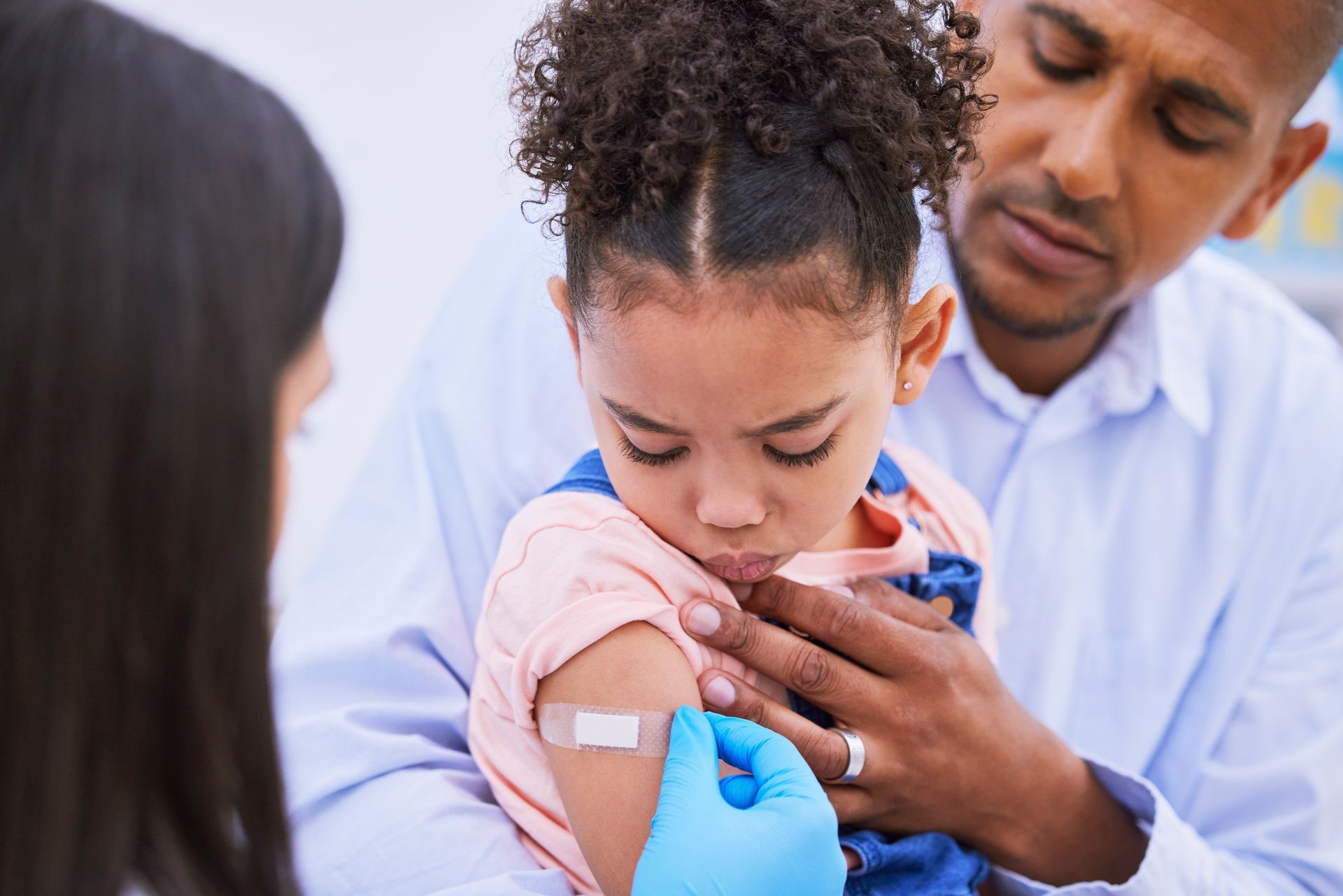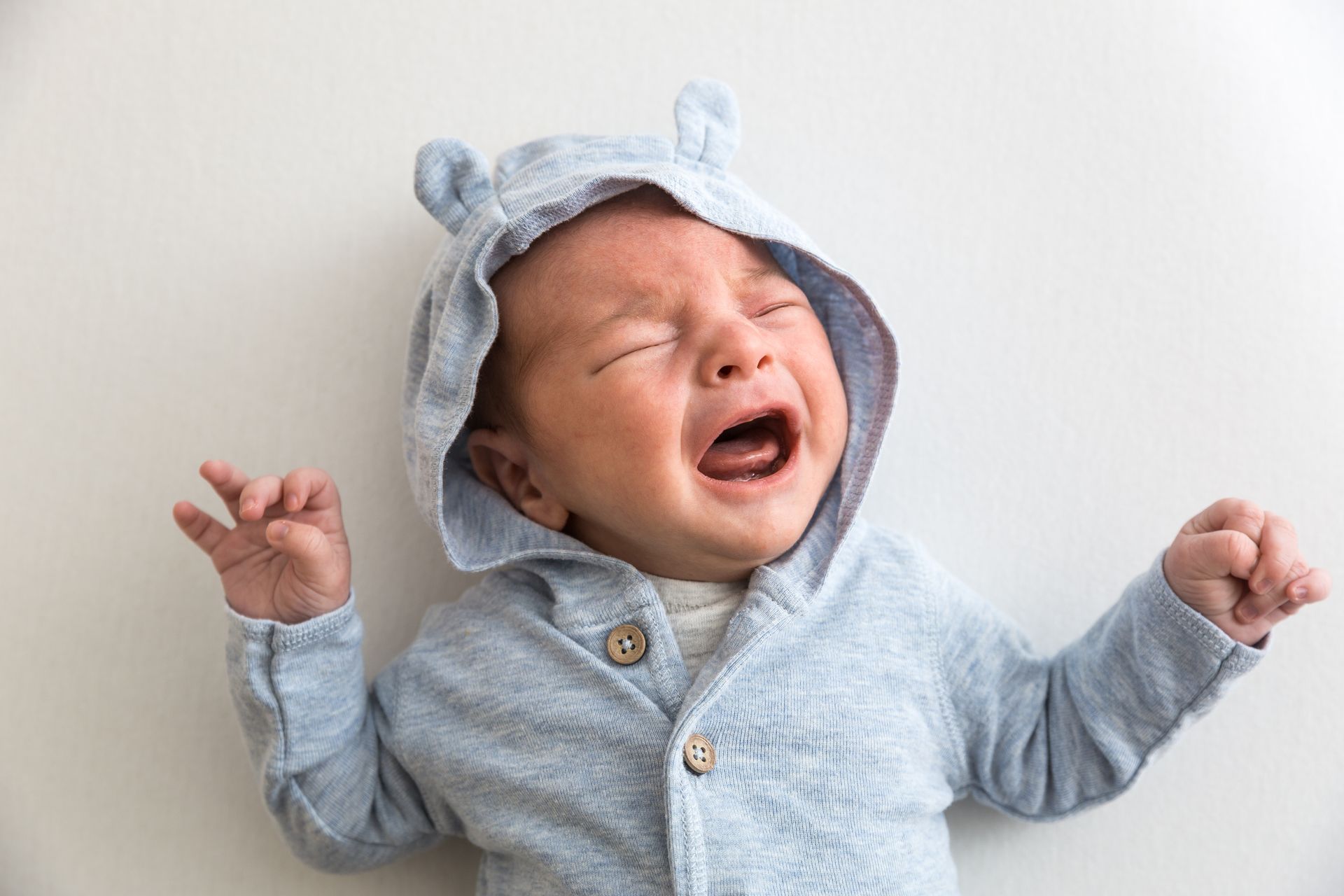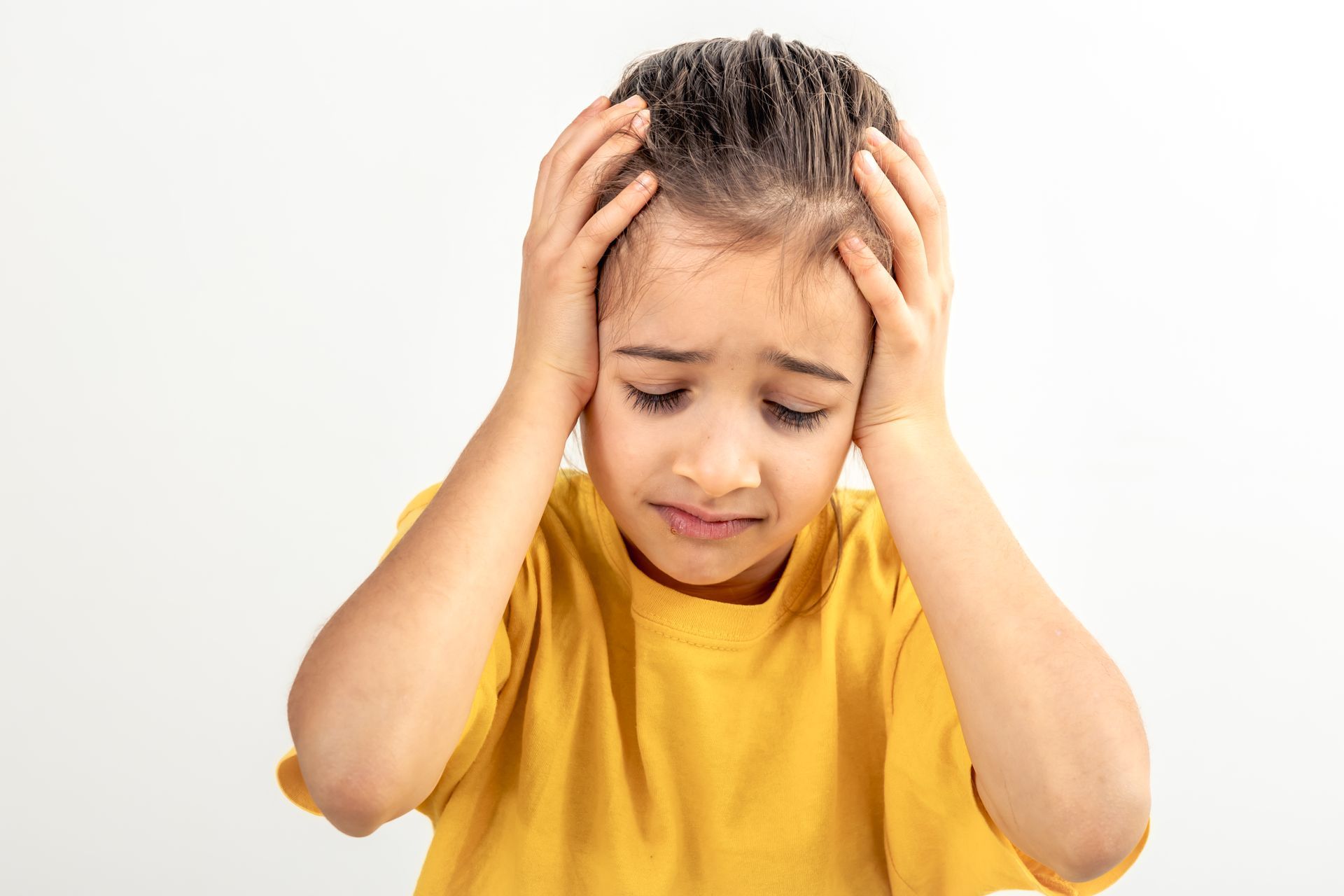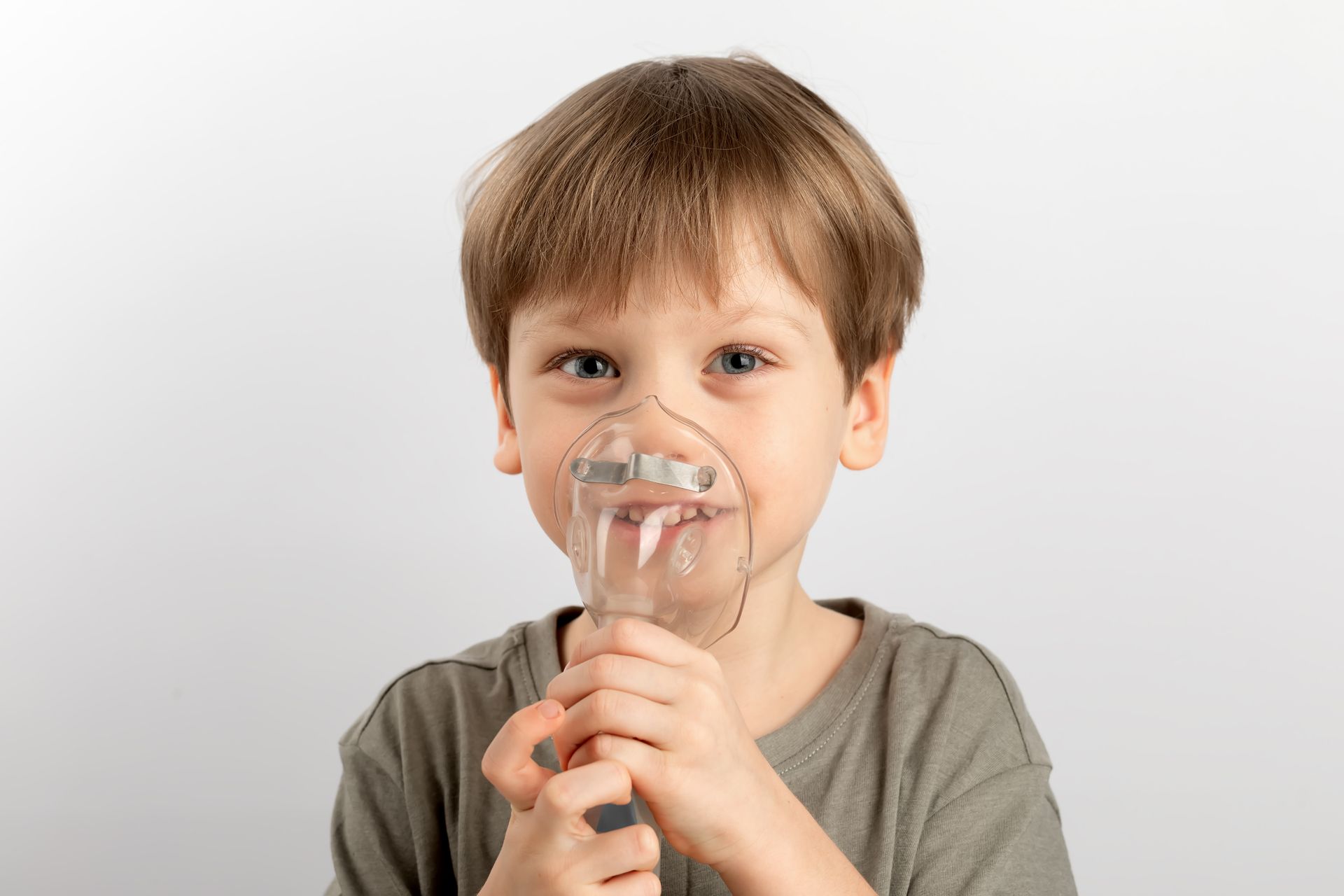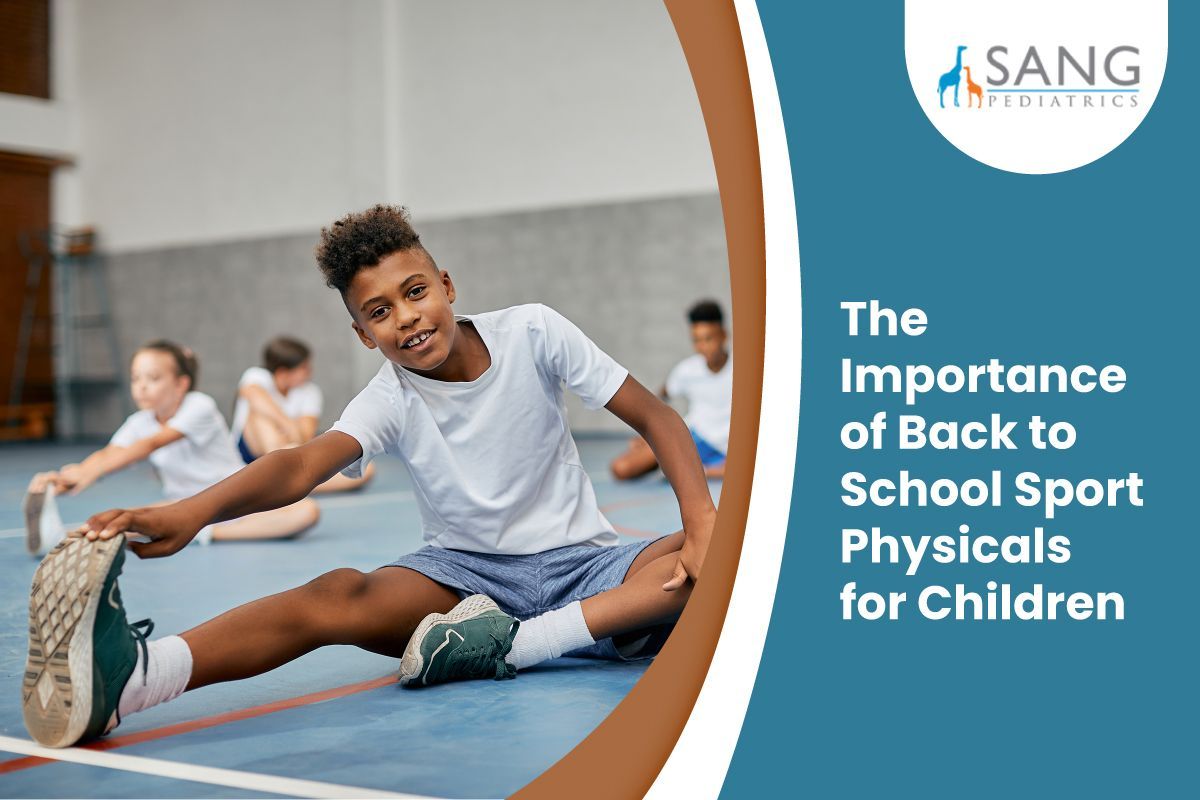Five Ways to Protecting Your Baby From SIDS
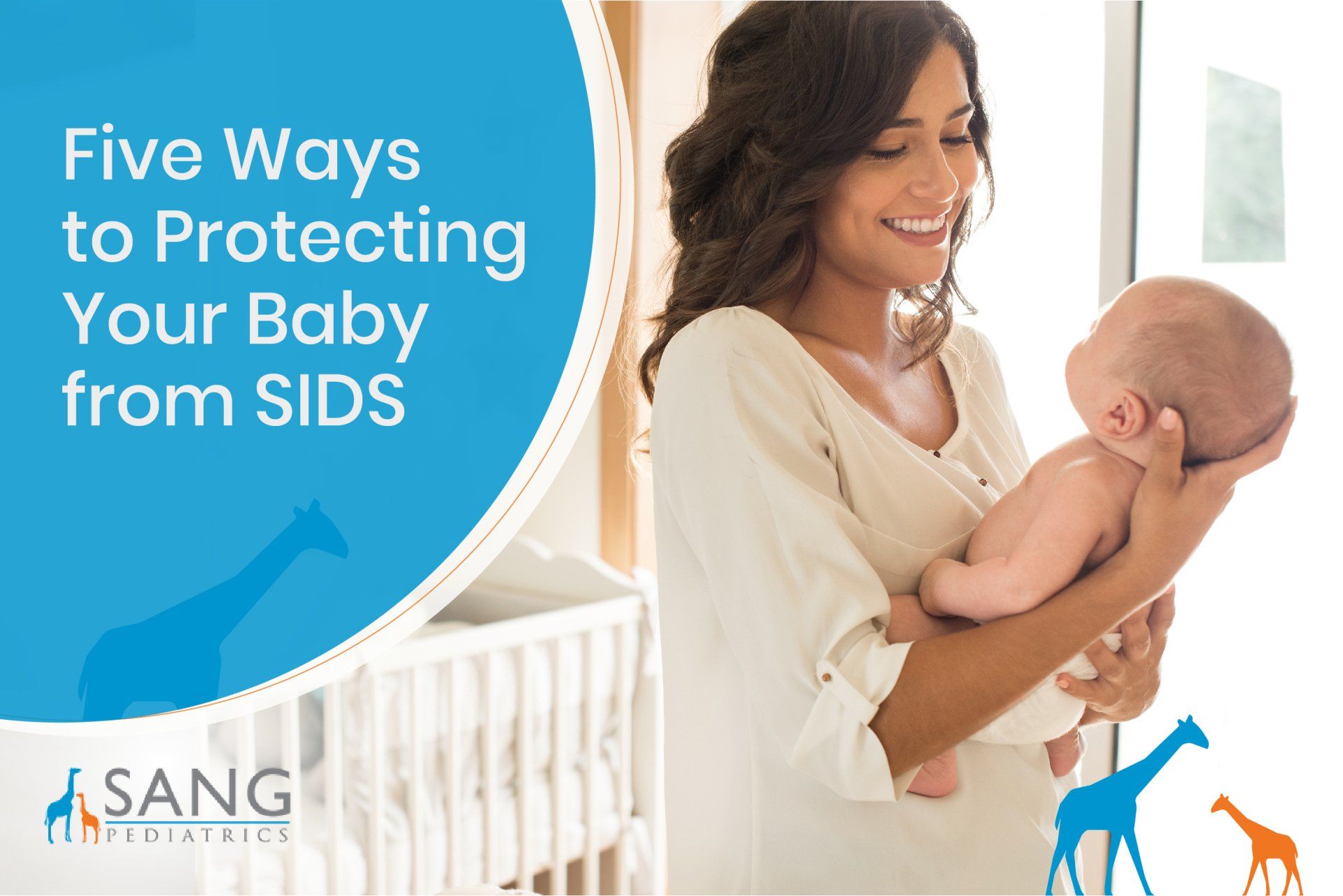
It's only natural to worry about the health and safety of your infant. Sudden Infant Death Syndrome (SIDS) is another one of those parenting worries that seem completely out of your control. According to the Centers for Disease Control and Prevention (CDC), more than 3,400 infants die from SIDS each year.
While you can't prevent every case of SIDS, there are things you can do to reduce your baby's risk. Read on as we explore some ways on how to avoid SIDS.
SIDS: An Overview
Sudden infant death syndrome (SIDS) refers to the unexplained death of an infant with no signs of health problems. Rarely are there any signs that show the exact cause of the death. SIDS, also known as cot death or crib death, is the leading cause of death in babies between one month and twelve months old. SIDS generally occurs during sleep, and it happens without warning or explanation.
Another term to familiarize yourself with is Sudden Unexpected Infant Death (SUID). It is a general term that refers to the untimely and unexpected death of a baby under the age of one whose cause of death has yet to be identified.
Upon investigation, the following causes may be possible:
- accidental strangulations
- trauma
- entrapment
- infection
- choking
- metabolic disorders
- accidental suffocation
- neurological conditions
- cardiac conditions associated with arrhythmias
Deaths that do not fit into the categories above are classified as sudden infant death syndrome (SIDS).
Risk Factors for SIDS
Several factors can increase an infant's risk of SIDS. Researchers have identified several risk factors for sudden infant death syndrome given below.
- The mortality rate from SIDS is relatively higher for males than for females.
- SIDS is more likely to occur in babies whose families have a history of SIDS.
- Infants are most vulnerable between the second and fourth months of life.
- Several infants who died of SIDS had recently been ill, particularly with respiratory tract infections, which may have affected their breathing.
- The risk of SIDS increases in certain cases of congenital disabilities. In many cases, the brains of these infants do not develop adequately to control breathing during sleep
- If a baby is born prematurely or with multiples, it may result in the baby's brain not developing completely, limiting the baby's ability to breathe and regulate its heart rate automatically.
- The risk of SIDS is higher for babies whose parents smoke.
- SIDS is also associated with maternal risk factors, including smoking, drug use, and insufficient prenatal care.
- The environment and position in which you sleep can also affect a baby's susceptibility to SIDS. The following section of this blog will discuss this subject in more detail.
Here are Five Steps on How to Prevent SIDS
The SIDS rate has gone down dramatically in the years since the American Academy of Pediatrics (AAP) released recommendations for infant safe sleeping in 1992. Sang Pediatrics has outlined five steps for preventing SIDS in accordance with the guidelines of the AAP and other medical organizations.
Babies Must Sleep on Their Backs
The risk of SIDS is higher when your baby sleeps on their side because they are prone to rolling over onto their stomach. In this position, your baby's face may be against the mattress, potentially suffocating them. For this reason, you should always place your baby on their back when they are taking a nap or sleeping at night. Leaving them to sleep in a stroller, car seat, swing, or baby carrier for a long time is also not advisable. Have them lie flat on a crib or cot instead.
Furthermore, infants who sleep on their backs have a lower risk of developing infections, fevers, and runny/clogged noses. If you're worried that sleeping on their back might cause your baby to choke, don't worry. The structure of the airway and gag reflex prevent this from happening. Moreover, most healthy babies swallow and cough up fluids naturally. If in doubt, talk to your pediatrician about elevating your baby's head.
Make Sure Your Baby Has a Safe Place to Sleep
The parent or caregiver should evaluate their infant's sleeping environment before putting the baby down to sleep. Ask...
- Is the mattress firm and supportive?
- Are there blankets, pillows, and toys that I should remove?
- Is the crib free of soft bedding materials?
Make sure there are no loose blankets, pillows, or stuffed toys in the crib. Also, make sure the bedding on the mattress should be firm, flat, and at an appropriate level. Babies should not sleep on soft surfaces, such as pillows, quilts, sheepskins, or stuffed toys. Babies who sleep on soft surfaces have a higher chance of SIDS.
You should ensure that the crib is properly assembled for your infant. Don't leave more than 1/2 inch between the mattress and the crib sides. In addition, the crib's sides shouldn't extend beyond 2.5 inches from the wall. There must also be no openings or wide gaps that an infant could fall through or get trapped in. Lastly, remove decorative cutouts or mobiles that can become trapped around an infant's neck or limbs. Avoid placing cribs or cots near curtains or electrical cords.
Prevent Overheating and Keep the Baby's Area Smoke-Free
Be careful not to overheat your baby by swaddling or by letting the room temperature rise. Having an overly warm nursery increases an infant's chances of SIDS. They could be in such a deep sleep that they cannot awaken if in distress. Adjust the thermostat to an ideal room temperature range of 68° and 72°F (20° to 22.2°C). Secondly, avoid placing the crib near a radiator or in direct sunlight. Third, make sure your baby wears light layers you can easily remove if they feel overheated.
You should also remove any ties or strings from their pajamas that may strangle them. For cold weather, a wearable blanket or blanket sleeper is preferable to a loose blanket. If your infant is sweating, is flushed, or feels hot, remove some of their bedding.
Moreover, studies show that babies exposed to secondhand smoke are at twice the risk of SIDS as those without exposure. Don't expose your baby to tobacco smoke both at home and in the company of smokers outside.
Your Baby Should Sleep on a Separate Surface
Babies who sleep on an adult bed have a higher chance of SIDS. Infants are most secure when sleeping alone in a bassinet, cot, or crib. It's beneficial to share a room with your baby, so you can easily monitor them, but do not let them sleep in your bed.
Provide a Pacifier for the Baby
The American Academy of Pediatrics now recommends giving your child a pacifier during the first year of life to help prevent SIDS. When introducing a pacifier to a nursing baby, wait until the child is three to four weeks old. Research also shows that breastfeeding can protect your infant from SIDS by 50%. If you are able to breastfeed, it will be beneficial for your child.
You Can Protect Your Baby from SIDS
Sudden infant death syndrome can be a frightening topic for new parents. While there is no way to eliminate the risk of SIDS completely, there are many ways you can reduce it. Make sure to follow these safety guidelines for infants' sleep, and don't forget to schedule their well-child visits to monitor their overall health.
For more information about infant care and safe sleep, don't hesitate to get in touch with Sang Pediatrics. Contact us by phone or visit our website to schedule an appointment.
Contact Us
Phone: (559) 268-1737
Fax: 559-268-1738
Downtown Clinic
1122 S St #102
Monday – Friday:
8:30am – 5:00pm
(Closed daily for lunch
12:00pm – 1:00pm)
Saturday: Closed
Willow Clinic
6733 N. Willow Ave, #102, Fresno, CA 93710
Also serving all of Clovis
Monday – Friday:
8:30am – 5:00pm
(Closed daily for lunch
12:00pm – 1:00pm)
Saturday:
9am - 12pm
Palm Clinic
5240 N Palm Ave Suite #103 Fresno, CA 93704
Also serving all of Clovis
Monday – Friday:
8:30am – 5:00pm
(Closed daily for lunch
12:00pm – 1:00pm)
Saturday:
Closed
Looking for more information?
Book a consultation
We are a pediatric primary care provider for the Fresno and Clovis area. We provide multiple pediatric services for your child's healthcare. We are also available for walk-ins during our regular business hours at any of our locations.
QUICK LINKS
Sang Pediatrics | All Rights Reserved.

